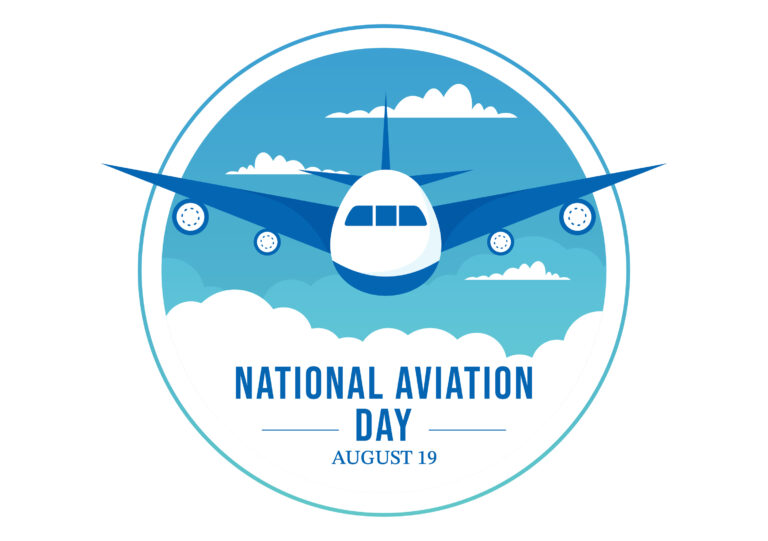Can you imagine where the world would be today without aviation? The ability to build, fly, and maintain aircraft has given humanity significant progression in just a little over 100 years. Flying has not only given us the ability to travel quickly and extensively for work or leisure. It has also become a robust part of many world economies. According to Airlines for America, commercial aviation drives 5% of US GDP and helps drive over 10 million jobs. In addition to voluntary passenger travel, aviation allows for rapid transportation of goods and packages. It also supports important societal services such as emergency rescue and medical transport.
History of Flight
According to NASA, the history of flight can be traced back thousands of years. Many ancient civilizations such as the Greeks and the Persians attribute stories and legends tied to the possibility of human flight. In ancient Chinese cultures, kites had spiritual, practical, and recreational purposes. The Renaissance period later yielded a few centuries worth of flight exploration through various designs. These included DaVinci’s Ornithopter, hot air balloons, and gliders.
 At the turn of the 20th century, two brothers would change the trajectory of aviation. Orville and Wilbur Wright are credited as being the engineers who successfully added an engine to a flying contraption. After several rounds of failure, they finally got Wright Flyer I off the ground for 12 seconds. They continued to make strides in aviation, traveling around the world for years to improve and perfect their designs. Their work quickly impacted the world as commercial air travel, military strategy, and space exploration changed and grew rapidly in the decades to follow.
At the turn of the 20th century, two brothers would change the trajectory of aviation. Orville and Wilbur Wright are credited as being the engineers who successfully added an engine to a flying contraption. After several rounds of failure, they finally got Wright Flyer I off the ground for 12 seconds. They continued to make strides in aviation, traveling around the world for years to improve and perfect their designs. Their work quickly impacted the world as commercial air travel, military strategy, and space exploration changed and grew rapidly in the decades to follow.
National Aviation Day
According to National Day Calendar, National Aviation Day was established in 1939 by US President Franklin D. Roosevelt in honor of Orville Wright’s birthday. The US recognizes this day annually on the 19th of August, and anyone around the world can celebrate. Here are some ideas:
- Book and take a flight (if possible ask the flight crew to see the cockpit!)
- Visit an aviation museum, a military base, or a space command center
- Flight a kite or paper airplane
- Build a model plane
- Assemble and test a drone
Engineering and Aviation
Engineers are responsible for maintaining safety and efficiency in flying while also exploring new and innovative pathways in aviation. Mechanical engineers build and maintain aircraft. Electrical engineers design all of the electrical components within the aircraft. Also, computer science engineers design and maintain flight guidance systems. Civil engineers will help create and upkeep flight plans and pathways. Additionally, aerospace engineers work not only on aviation within our atmosphere but exploring outside of it as well.
 Are you ready to learn more about aviation? Exploring age appropriate STEM concepts is a great start. You can also check out this lesson on drones from TryEngineering. This profile on aerospace engineering can help students understand what it takes to be an engineering in this field. Additionally, be inspired by this interview with Burt Dicht, a mechanical engineer who is passionate about inspiring students to explore engineering.
Are you ready to learn more about aviation? Exploring age appropriate STEM concepts is a great start. You can also check out this lesson on drones from TryEngineering. This profile on aerospace engineering can help students understand what it takes to be an engineering in this field. Additionally, be inspired by this interview with Burt Dicht, a mechanical engineer who is passionate about inspiring students to explore engineering.



